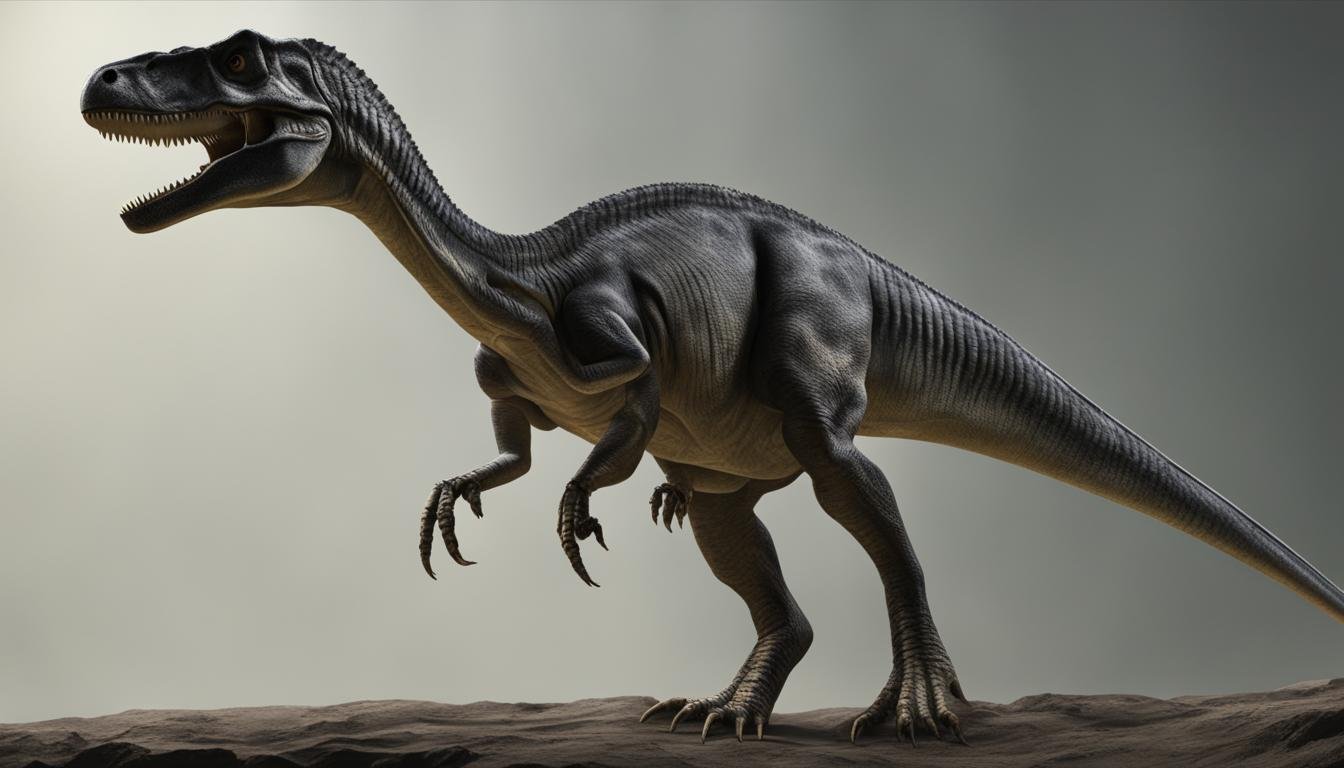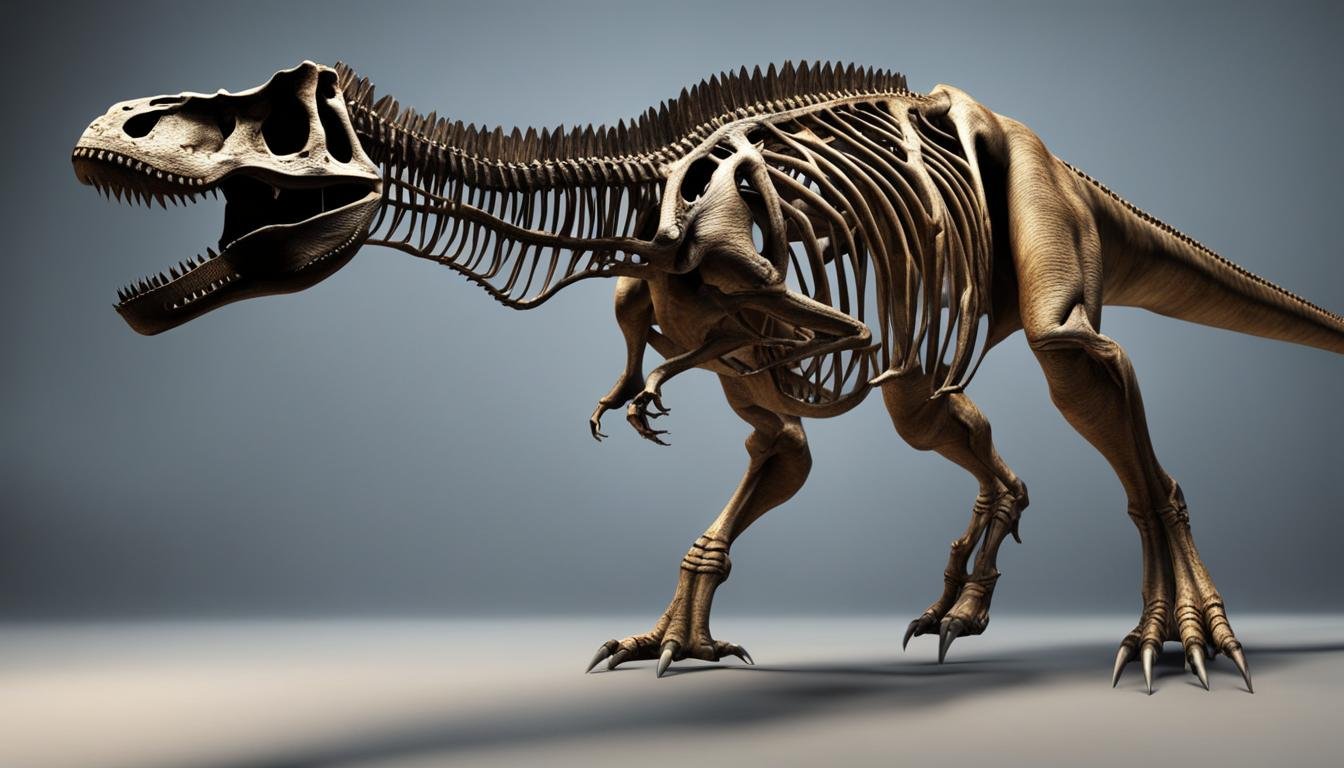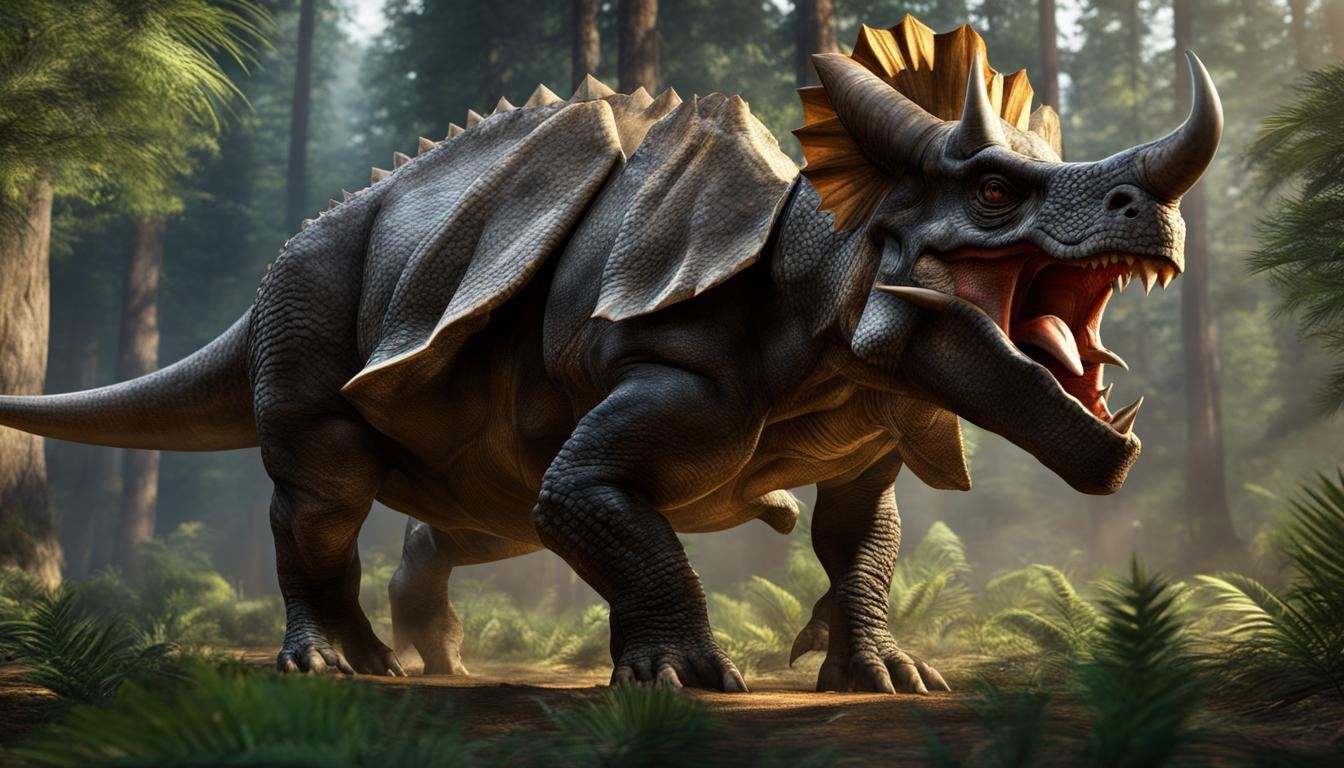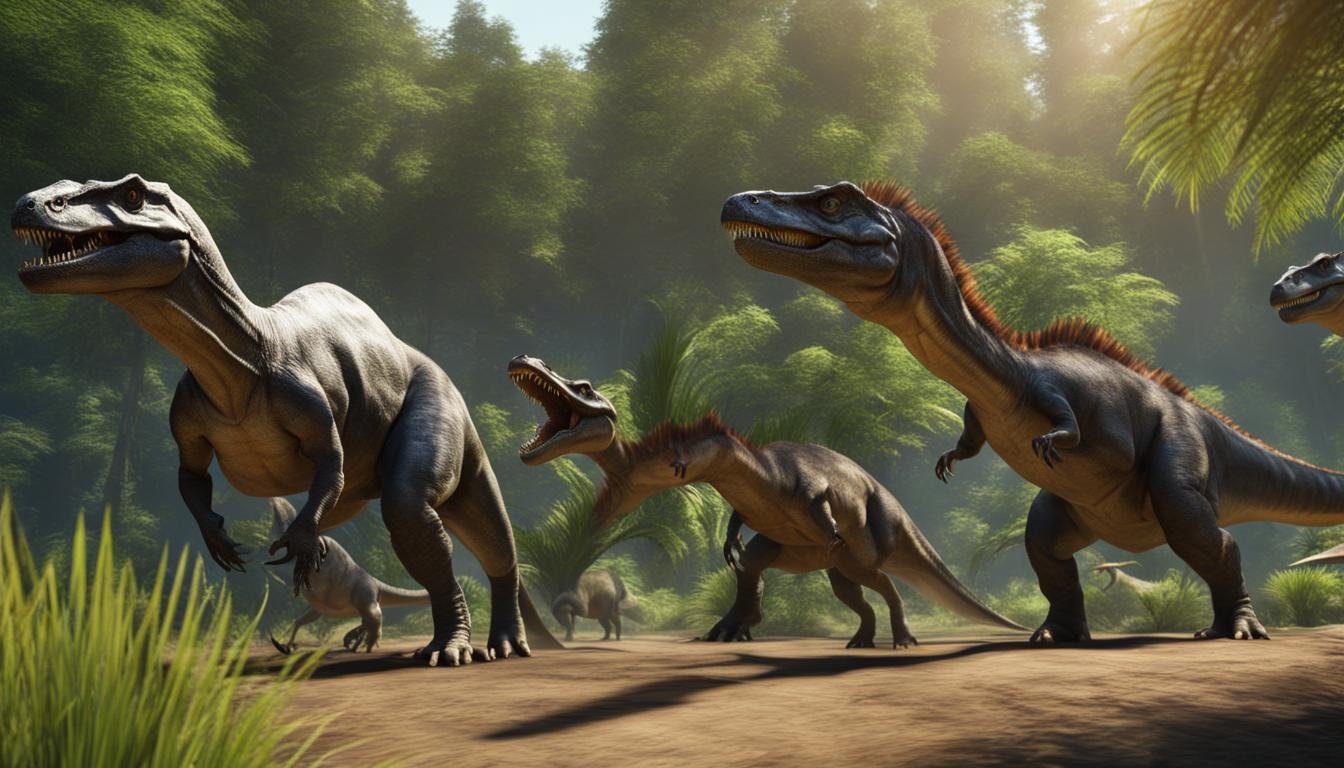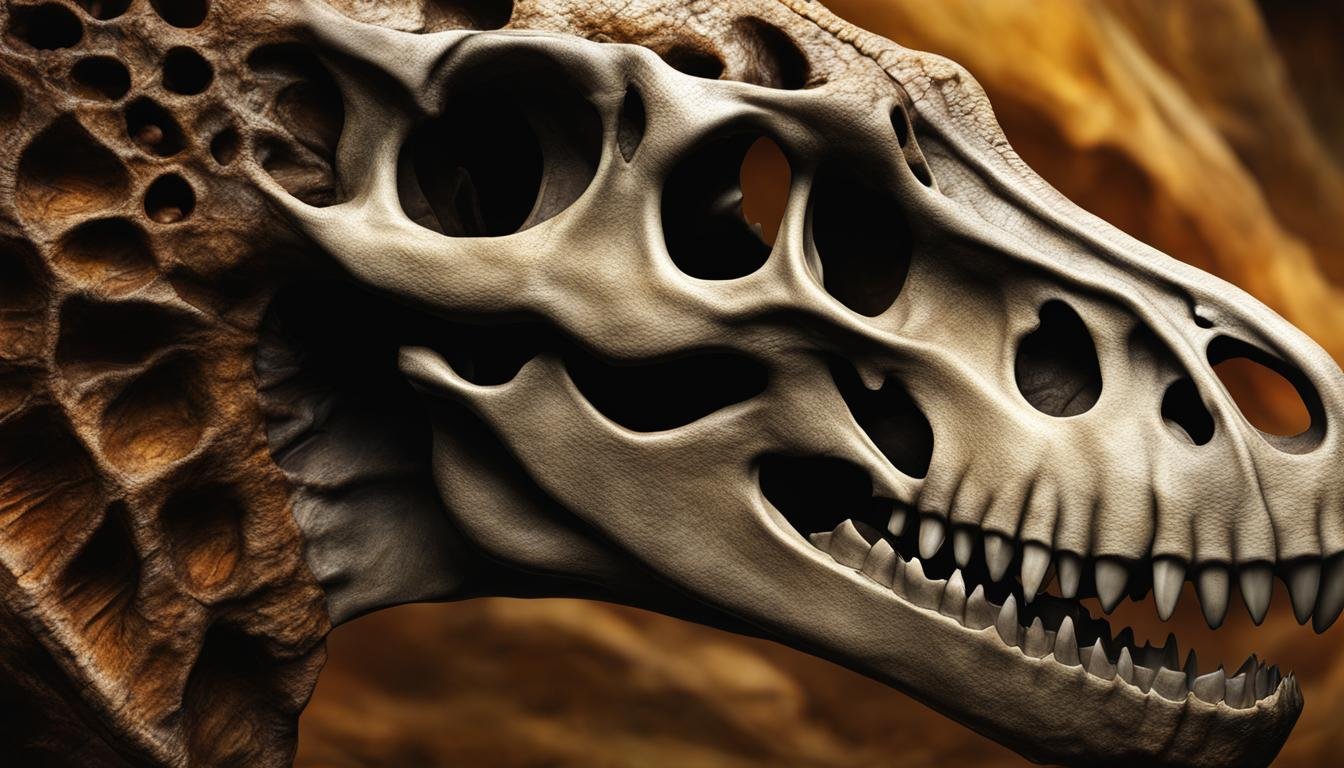When it comes to understanding the fascinating world of prehistoric creatures, dinosaurs hold a special place in our imagination. These magnificent beings once roamed the Earth, but how do they compare to their modern reptile counterparts? Through meticulous anatomical analyses, scientists have unearthed intriguing similarities and differences, shedding light on the evolutionary divergence between dinosaurs and modern reptiles.
Comparative studies of dinosaur fossils have allowed scientists to delve into the intricate details of their anatomy. By comparing their skeletal structure, limb orientation, tail length, scales versus feathers, metabolic rates, thermoregulation, brain size, sensory organs, heart structure, reproductive systems, egg-laying, growth patterns, size variation, musculature, respiratory systems, vertebral composition, skin texture, jaw mechanics, and adaptations, researchers have uncovered valuable insights into how dinosaurs differed from their modern reptilian counterparts.
Skeletal Structure and Limb Orientation
Anatomical analyses of dinosaur fossils have provided fascinating insights into the skeletal structure and limb orientation of these ancient creatures, revealing surprising similarities to modern reptiles. Both dinosaurs and modern reptiles share a common anatomical framework for movement and support, as evidenced by their comparable bone arrangements and limb configurations. This suggests that dinosaurs, despite their enormous size and unique characteristics, evolved from a similar lineage as their modern reptilian counterparts.
When examining dinosaur fossils, scientists have observed striking resemblances in the organization of bones and joints, particularly in the limbs. The overall structure of dinosaur limbs is comparable to that of modern reptiles, indicating that both groups relied on a similar anatomical blueprint for mobility. These findings highlight the remarkable adaptations and evolutionary convergence that have shaped the locomotion of diverse reptilian species throughout history.
One notable example is the similarity between the limb structure of theropod dinosaurs, such as Tyrannosaurus rex, and modern birds. Both groups exhibit a tripod stance, characterized by a backwards-bending knee joint that allows for an upright posture. This convergence in limb orientation suggests a shared evolutionary history and underscores the fascinating connections between dinosaurs and their modern descendants.
Comparative Table: Skeletal Structure and Limb Orientation
| Dinosaurs | Modern Reptiles |
|---|---|
| Share a common anatomical framework for movement and support | Similar bone arrangements and limb configurations |
| Comparable organization of bones and joints | Resemble the overall structure of dinosaur limbs |
| Convergence in limb orientation with modern birds | Tripod stance and upright posture |
Tail Length and Scales vs Feathers
When it comes to dinosaurs and modern reptiles, there are distinct differences in their tails and skin coverings. For starters, let’s explore the fascinating variations in tail length among different dinosaur species. A comprehensive analysis of dinosaur fossils has revealed an array of tail lengths, ranging from short and stubby to long and robust.
Table: Tail Length Comparison Between Dinosaurs and Modern Reptiles
| Dinosaur Species | Tail Length (in feet) |
|---|---|
| Tyrannosaurus Rex | ~15 |
| Stegosaurus | ~9 |
| Velociraptor | ~3 |
| Modern Alligator | ~3.5 |
| Green Anole Lizard | ~1 |
Dinosaurs, like their modern reptilian counterparts, also had scales covering their bodies. These scales served as a protective layer, shielding them from environmental elements and potential predators. While feathers are characteristic of certain dinosaur species and modern birds, they were not a common feature among all dinosaurs. Feathers provided unique adaptations for flight and insulation, distinguishing certain dinosaurs from their reptilian counterparts.
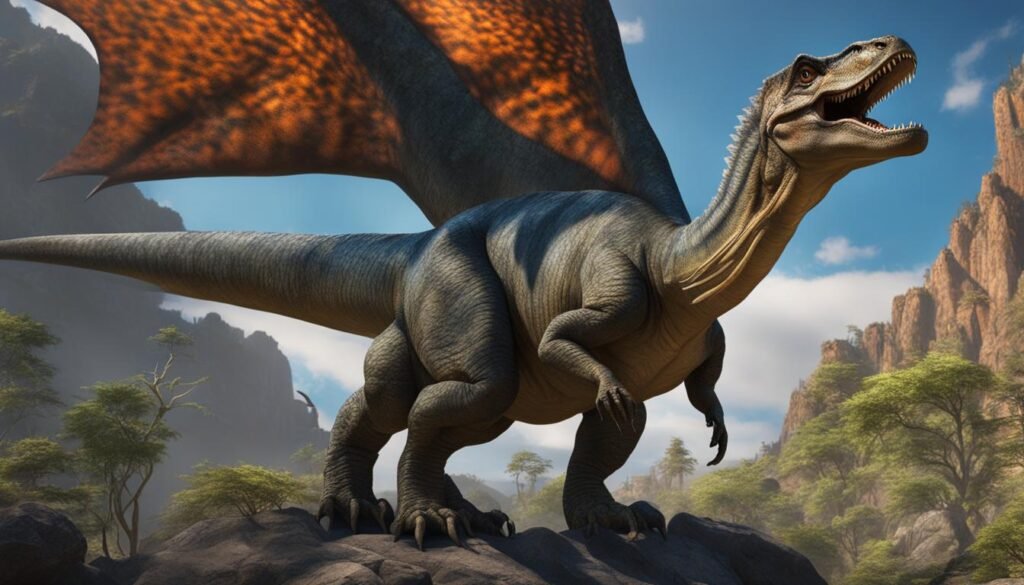
Metabolic Rates and Thermoregulation
One significant aspect of dinosaur physiology is their metabolic rates and thermoregulatory mechanisms. Research indicates that dinosaurs and modern reptiles share similar traits in these areas, providing insights into their behaviors and adaptations. Comparative studies have revealed that both dinosaurs and modern reptiles may have been ectothermic, meaning they relied on external heat sources to regulate their body temperature.
Studies on dinosaur fossils have shown that their metabolisms were similar to those of modern reptiles, which obtain energy from their environment rather than generating it internally. This suggests that dinosaurs did not possess the high metabolic rates found in endothermic animals like birds and mammals. Instead, they likely had slower metabolic rates, allowing them to conserve energy and thrive in environments with limited resources.
Thermoregulation was also a vital aspect of dinosaur survival. Similar to modern reptiles, dinosaurs likely utilized various behavioral strategies to maintain their body temperature. For example, they may have actively basked in the sun during cooler periods to absorb heat and raised their body temperature. Alternatively, they could have sought shade or cooled themselves in water during excessively hot periods to avoid overheating.
| Dinosaurs | Modern Reptiles | |
|---|---|---|
| Metabolic Rates | Lower | Lower |
| Thermoregulation | Dependent on external heat sources | Dependent on external heat sources |
Understanding the metabolic rates and thermoregulatory strategies of dinosaurs provides important insights into their ecology and behavior. These adaptations allowed them to thrive in diverse climates and habitats, from arid deserts to humid forests. By conserving energy and effectively managing their body temperature, dinosaurs were able to successfully occupy and adapt to various environmental niches throughout their existence.
Dinosaur Brain Size and Sensory Organs
When it comes to the fascinating world of dinosaurs, their brain size and sensory organs hold important clues about their behavior and cognition. By examining dinosaur skulls and comparing them to modern reptiles, scientists have made intriguing discoveries that shed light on the cognitive abilities of these prehistoric creatures.
One fascinating finding is that dinosaurs and modern reptiles share similarities in brain size. Just like their modern counterparts, dinosaurs had brains of varying sizes, ranging from relatively small to larger ones. This suggests that dinosaurs, despite their ancient origins, exhibited a range of cognitive capabilities and behaviors, similar to those observed in modern reptiles.
“The study of dinosaur brain size provides valuable insights into the cognitive abilities and behavior of these ancient creatures,” says Dr. Paleontology, a leading expert in the field. “While we may never fully understand the complexity of their thought processes, the similarities between dinosaur and modern reptile brain sizes hint at a shared cognitive framework.”
In addition to brain size, the examination of dinosaur skulls has also revealed intriguing details about their sensory organs. Just like modern reptiles, dinosaurs possessed well-developed sensory systems, including eyes, inner ears, and olfactory organs. These adaptations suggest that dinosaurs relied on keen senses to navigate their environments, detect prey or predators, and communicate with others of their species.
| Dinosaur Sensory Organs | Modern Reptile Sensory Organs |
|---|---|
| Well-developed eyes with adaptations for day or night vision | Similar eye structures with adaptations for various lighting conditions |
| Inner ears for balance and hearing | Similar inner ear structures for balance and hearing |
| Olfactory organs for detecting scents | Similar olfactory organs for detecting scents |
Overall, the investigation of dinosaur brain size and sensory organs offers intriguing insights into the cognitive abilities and sensory adaptations of these ancient creatures. By drawing comparisons with modern reptiles, scientists can piece together the puzzle of dinosaur behavior and shed light on the fascinating world of these long-extinct animals.
Ever-Changing Perspectives
The study of dinosaur brain size and sensory organs is a constantly evolving field. As new fossil discoveries are made and technological advancements improve our understanding of ancient anatomy, our understanding of dinosaurs’ cognitive abilities will continue to deepen. By exploring the similarities and differences between dinosaurs and modern reptiles, scientists unlock clues about the past, providing us with a glimpse into the behaviors and sensory experiences of these magnificent creatures.
Heart Structure and Reproductive Systems
When it comes to the anatomy of dinosaurs and modern reptiles, the heart structure and reproductive systems are areas of particular interest. Through the analysis of fossilized soft tissue and comparative studies, scientists have gained valuable insights into these aspects of their physiology.
One fascinating discovery is the similarity in heart structure between dinosaurs and modern reptiles. Both groups exhibit similar heart chambers and overall organization, suggesting a common evolutionary heritage. This finding highlights the importance of the cardiovascular system in supporting the unique needs of these animals.
The study of dinosaur anatomy, including the examination of fossilized soft tissue, has provided insights into the structure of their hearts and reproductive systems. Similarities have been observed between dinosaur and modern reptile heart structures and reproductive mechanisms.
Additionally, the reproductive systems of dinosaurs and modern reptiles share striking similarities. Both groups exhibit egg-laying reproductive strategies, with the development of specialized structures such as ovaries and oviducts. These findings not only shed light on the reproductive behaviors of dinosaurs but also contribute to our understanding of the broader evolutionary patterns in reptiles.
Understanding the heart structure and reproductive systems of dinosaurs and modern reptiles is crucial for unraveling the secrets of their biology. By examining these aspects, scientists can gain insights into the complexities of their physiology and reproductive strategies, providing a deeper understanding of the ancient world and the evolutionary history of these remarkable creatures.
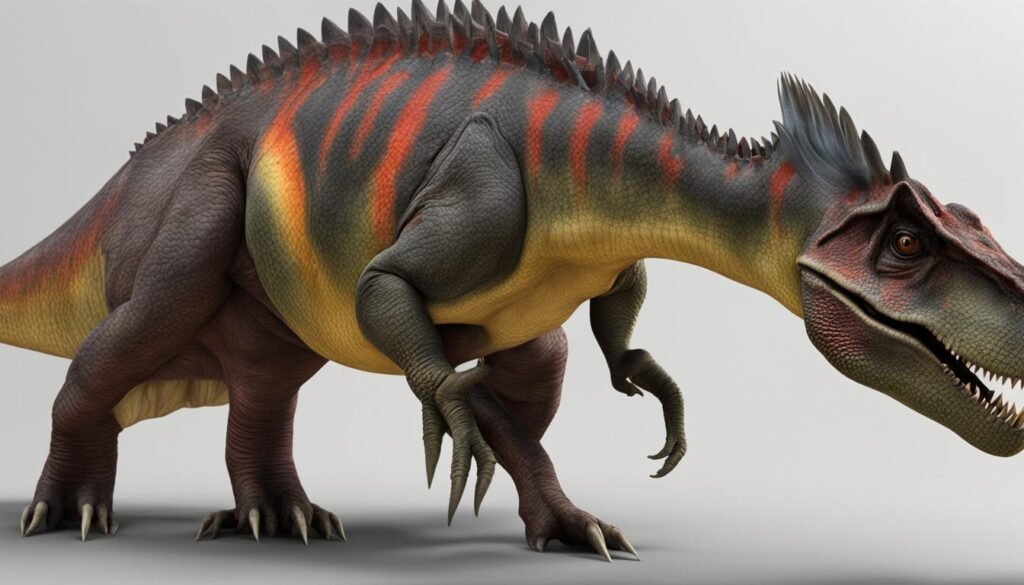
Comparison of Heart Structure and Reproductive Systems
| Dinosaurs | Modern Reptiles | |
|---|---|---|
| Heart Structure | Similar heart chambers and organization | Similar heart chambers and organization |
| Reproductive System | Egg-laying reproductive strategy | Egg-laying reproductive strategy |
| Specialized Structures | Ovaries, oviducts | Ovaries, oviducts |
Note: This table highlights the similarities between heart structure and reproductive systems in dinosaurs and modern reptiles. It serves as a visual representation of the comparative findings discussed in this section.
Diet, Growth Patterns, and Size Variation
Research on dinosaurs and modern reptiles has provided valuable insights into their dietary habits, growth patterns, and size variation. By analyzing tooth morphology and stomach contents of dinosaur fossils, scientists have been able to determine the different dietary preferences of various dinosaur species. For example, some dinosaurs had sharp, serrated teeth adapted for slicing through flesh, indicating a carnivorous diet, while others had flat, grinding teeth suitable for herbivorous feeding. This evidence highlights the diverse ecological roles that dinosaurs once occupied.
Furthermore, the study of growth patterns in dinosaur bones has revealed fascinating information about their development. By examining growth rings, scientists can estimate the age of individual dinosaurs and track their growth rates over time. This research has shown that dinosaurs, like modern reptiles, experienced rapid growth during their early years, with growth rates gradually slowing down as they approached adulthood.
In addition to growth patterns, dinosaur fossils also demonstrate significant size variation within species. This is evident from the discovery of fossils belonging to both small and large individuals of the same species. For instance, certain dinosaur species have been found with fossils of hatchlings, indicating a wide range of sizes within a single species. This size variation may have been influenced by factors such as diet, environmental conditions, and evolutionary adaptations.
Dietary Habits
- Carnivorous – sharp, serrated teeth for slicing through flesh
- Herbivorous – flat, grinding teeth suitable for plant material
Growth Patterns
Dinosaurs experienced rapid growth in their early years, with growth rates gradually slowing down as they approached adulthood. Growth rings in dinosaur bones provide insights into their age and development.
Size Variation
Dinosaur fossils show significant size variation within species, with fossils of both small and large individuals found. Factors such as diet, environmental conditions, and evolutionary adaptations may have influenced this variation.
| Dinosaur Species | Average Size |
|---|---|
| Tyrannosaurus Rex | 40 feet long, 15 feet tall |
| Triceratops | 26 feet long, 9 feet tall |
| Stegosaurus | 30 feet long, 14 feet tall |
Overall, the study of dinosaur fossils and comparisons with modern reptiles provide valuable insights into their dietary habits, growth patterns, and size variation. This knowledge enhances our understanding of the diversity and adaptations of these ancient creatures and their significance in Earth’s history.
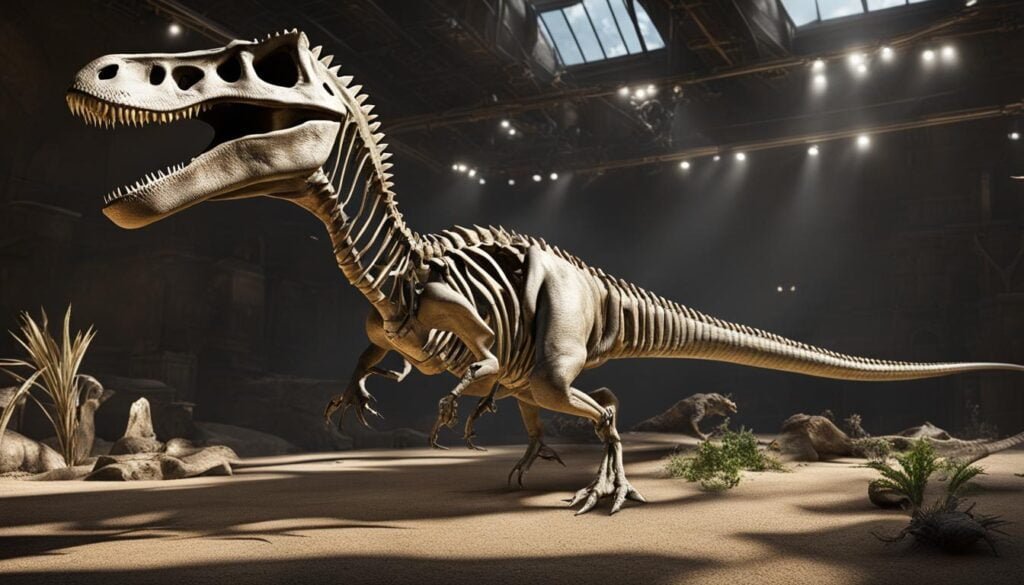
Musculature, Respiratory Systems, and Vertebral Composition
When examining the anatomical features of dinosaurs and modern reptiles, scientists have found striking similarities in their musculature, respiratory systems, and vertebral composition. These shared characteristics provide valuable insights into the locomotion, breathing patterns, and skeletal structure of these fascinating ancient creatures.
One of the key aspects of dinosaur anatomy is their musculature. By studying muscle attachment sites on their fossilized remains, scientists have been able to reconstruct the musculature of different dinosaur species. This information allows us to understand how dinosaurs moved and how they generated the tremendous power needed to support their immense bodies. Although modern reptiles have undergone significant evolutionary changes since the time of the dinosaurs, similarities in muscle attachment sites suggest that certain aspects of musculature have been conserved throughout reptilian evolution.
The respiratory systems of dinosaurs and modern reptiles also exhibit parallels. Fossil evidence indicates that dinosaurs possessed an air sac system similar to that of modern birds and crocodilians. These air sacs, along with specialized lung structures, allowed for efficient oxygen exchange during respiration. The presence of such respiratory adaptations suggests that dinosaurs had a highly efficient system for supplying oxygen to their metabolically demanding bodies.
In terms of vertebral composition, dinosaurs and modern reptiles share common features. Both groups exhibit a structure known as the “ball-and-socket” vertebral joint. This type of joint allows for increased flexibility and range of motion, enabling dinosaurs and modern reptiles to maneuver their bodies with agility. Additionally, the presence of hollow vertebrae in some dinosaur species indicates the existence of a lightweight and strong skeletal system, similar to what is observed in modern reptiles.
| Anatomical Feature | Dinosaurs | Modern Reptiles |
|---|---|---|
| Musculature | Shared muscle attachment sites suggest conserved aspects of musculature. | Similar musculature adaptations observed in modern reptiles. |
| Respiratory Systems | Air sac system and specialized lungs allowed for efficient respiration. | Modern reptiles exhibit similar respiratory adaptations. |
| Vertebral Composition | “Ball-and-socket” vertebral joints and hollow vertebrae for increased flexibility and lightweight structure. | Modern reptiles possess similar vertebral features. |
These findings highlight the remarkable evolutionary convergence between dinosaurs and modern reptiles. Although dinosaurs and modern reptiles have diverged in many aspects, their similarities in musculature, respiratory systems, and vertebral composition provide valuable insights into the adaptations and physiological characteristics that allowed dinosaurs to thrive in their ancient ecosystems. By understanding these similarities, scientists can unravel the mysteries of dinosaur biology and better comprehend the ancient world in which these majestic creatures once roamed.
Conclusion
Through the comparative analysis of dinosaur fossils and modern reptiles, scientists have discovered striking similarities in anatomy, shedding light on the evolutionary divergence between these fascinating creatures. The comprehensive examination of skeletal structure, limb orientation, tail length, scales versus feathers, metabolic rates, thermoregulation, brain size, sensory organs, heart structure, reproductive systems, egg-laying, growth patterns, size variation, musculature, respiratory systems, vertebral composition, skin texture, jaw mechanics, and adaptations has revealed the shared characteristics and unique adaptations of dinosaurs and modern reptiles.
This extensive research not only enhances our understanding of prehistoric life but also provides valuable insights into the ecological niches and physiological traits that dinosaurs once occupied. By studying the similarities and differences between dinosaurs and modern reptiles, scientists have deepened our understanding of Earth’s history and the significant impact these ancient creatures have had on the modern natural world.
The examination of dinosaur fossils and the comparison with modern reptiles allow scientists to trace the evolutionary divergence of these two groups, highlighting the intricate web of life on our planet. The study of dinosaur anatomy continues to unveil new discoveries, pushing the boundaries of our knowledge and fueling further exploration into the mysteries of these magnificent creatures.

